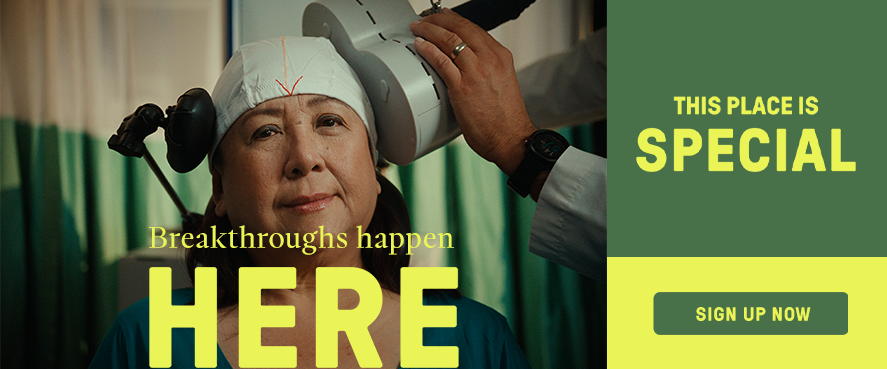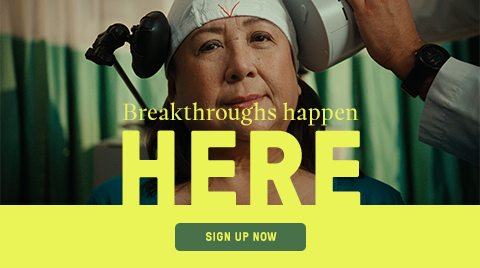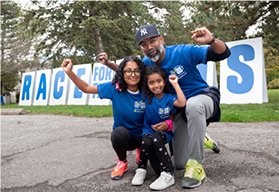Endovascular treatment is stopping stroke in its tracks
I'd like to support life-saving innovation at Sunnybrook
Donate nowYana Matveyeva was terrified. The 20-year old college student was lying on a gurney surrounded by nurses and doctors. She didn’t understand what was happening. One thing was clear to her: she was in trouble.
A few hours earlier, Yana had returned from grocery shopping and was unloading her bags when she collapsed. Her friend found her on the floor, unable to move or speak, and called 911 immediately.
The ambulance took Yana to Sunnybrook where she was diagnosed with an ischemic stroke caused by a blood clot in the brain. In a time-sensitive health crisis such as Yana's, quick diagnosis and treatment are essential to saving as much brain function as possible.
Doctors immediately gave Yana tissue plasminogen activator (tPA), also known as a clot buster. It didn't work because her clot was too large.
If this had happened six months earlier, Yana might not have survived the stroke or may have ended up with severe brain damage and paralysis. But there was a new innovative treatment available at Sunnybrook: endovascular treatment, which, in clinical trials, has been shown to reduce the overall mortality rate of stroke patients by 50 per cent. Sunnybrook was one of 22 sites worldwide that participated in the study.
Endovascular treatment is performed by inserting a thin tube into an artery in the groin and feeding it through the body's blood vessels to the clot in the brain. This is done using advanced imaging guidance. The clot is then secured and pulled out, restoring blood flow to the brain before permanent damage occurs.
...I saw some friends, and they couldn't believe I'd had a stroke.
It was two in the morning when neurosurgeon Dr. Victor Yang, neuroradiologist Dr. Peter Howard and a team of specialists set to work, knowing that they were up against the clock.
Yana faced multiple hurdles.
She couldn't understand what was happening because both her speech and language comprehension were affected by the stroke.
She couldn't be sedated because the doctors couldn't risk the time to insert a breathing tube and this procedure would have increased her blood pressure.
She was petrified and kept moving around, making it difficult for the doctors to thread the tube through her.
The clot had broken in two so the medical team had to find and retrieve not one, but two clots.
At 4:13 a.m., the second clot was removed. The endovascular treatment had been successful.
Yana has almost fully recovered. She is mobile and talking in both English and Russian again. She is grateful that Sunnybrook offered this cutting-edge treatment.
"About a month after I left the hospital, I saw some friends, and they couldn't believe I'd had a stroke. This endovascular treatment is a miracle. To everyone who helped me at Sunnybrook, 'Ya vas lublu', or as we say in English, 'I love you'!"
If you’d like to support life-saving innovation at Sunnybrook, donate now.








